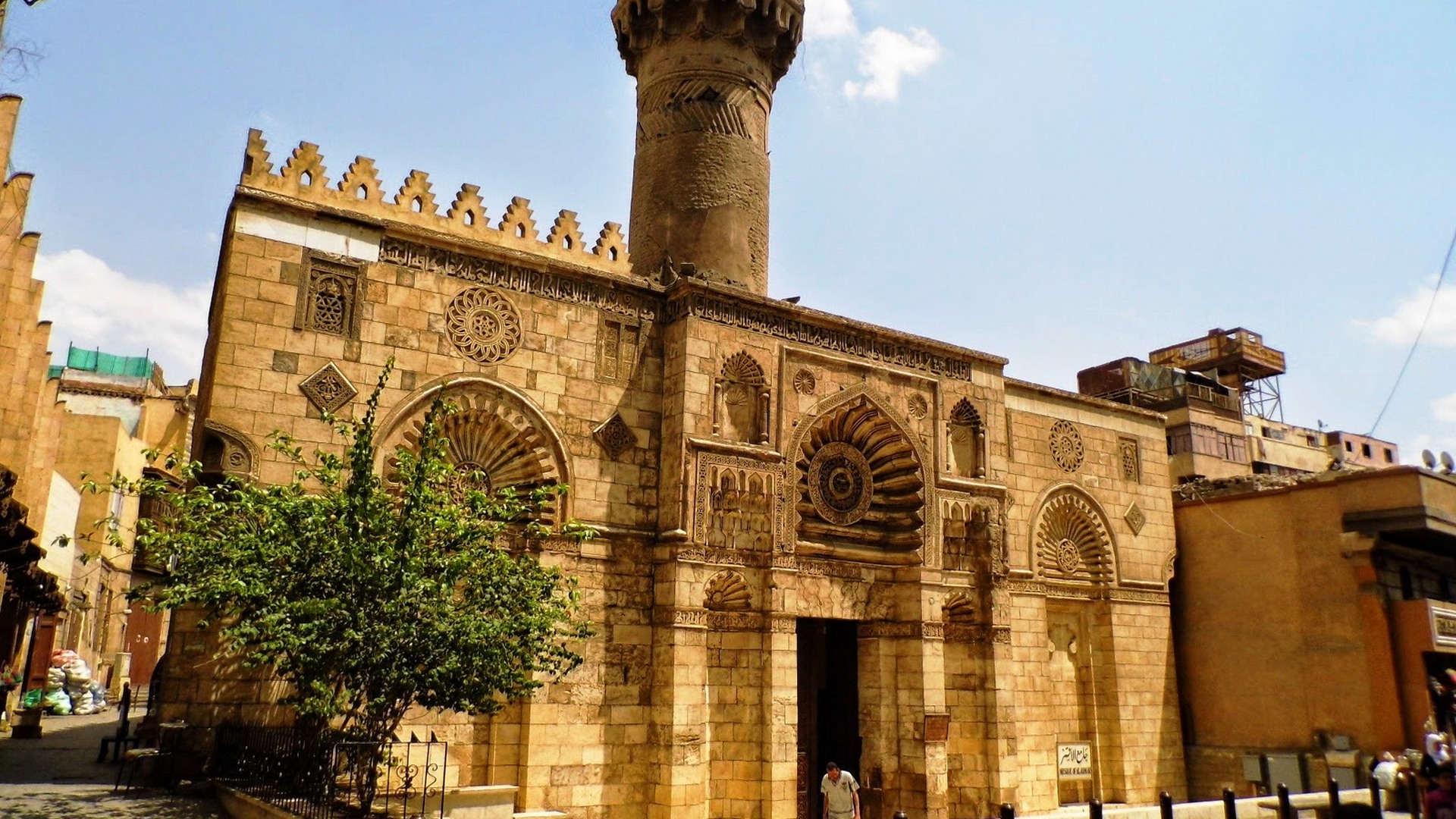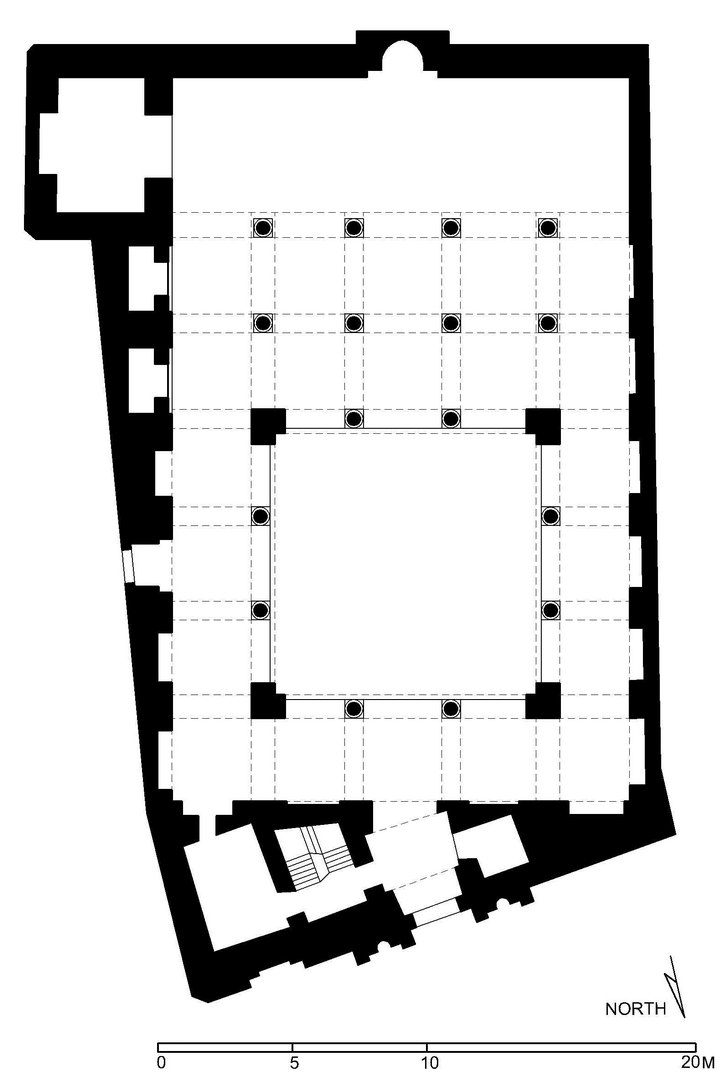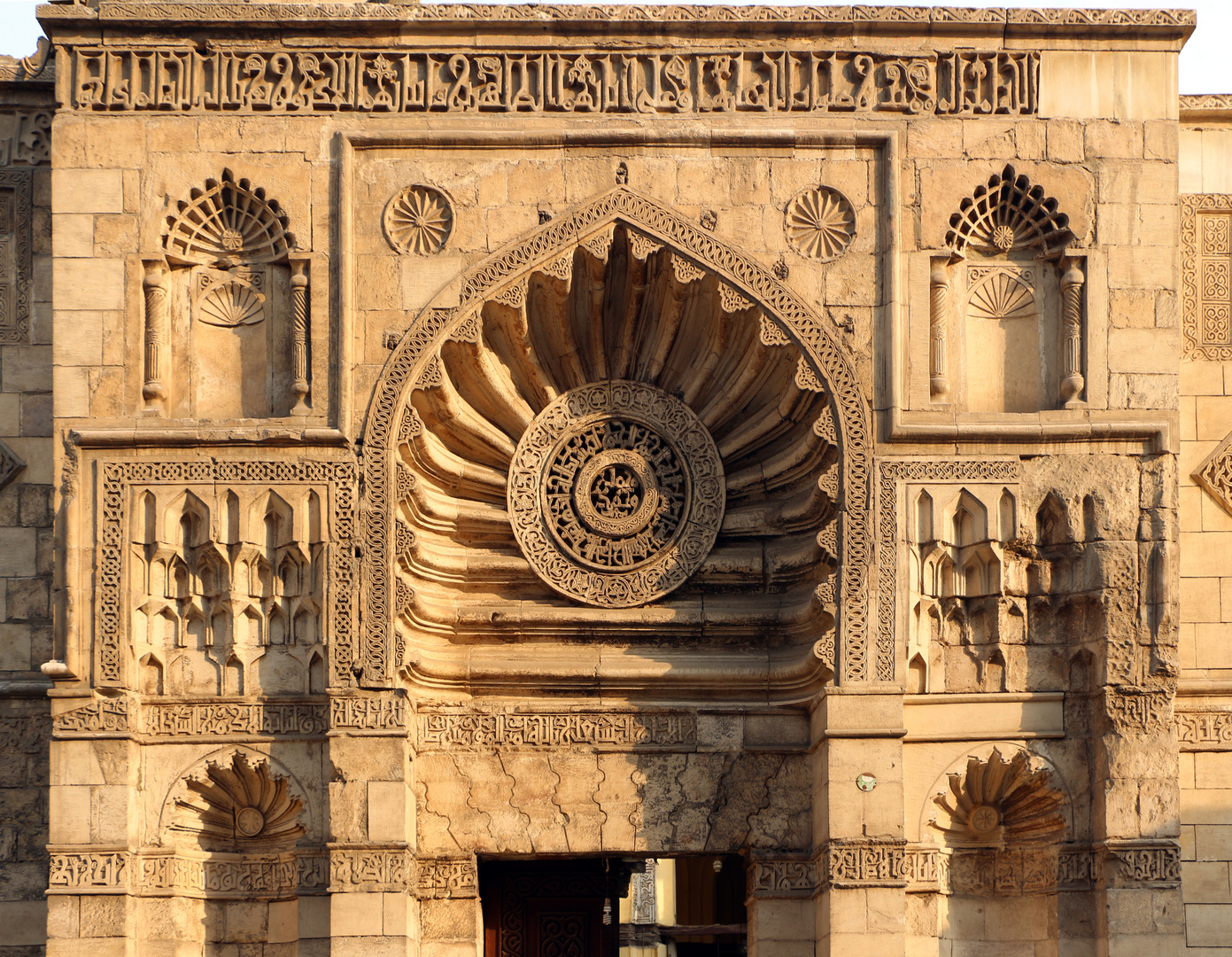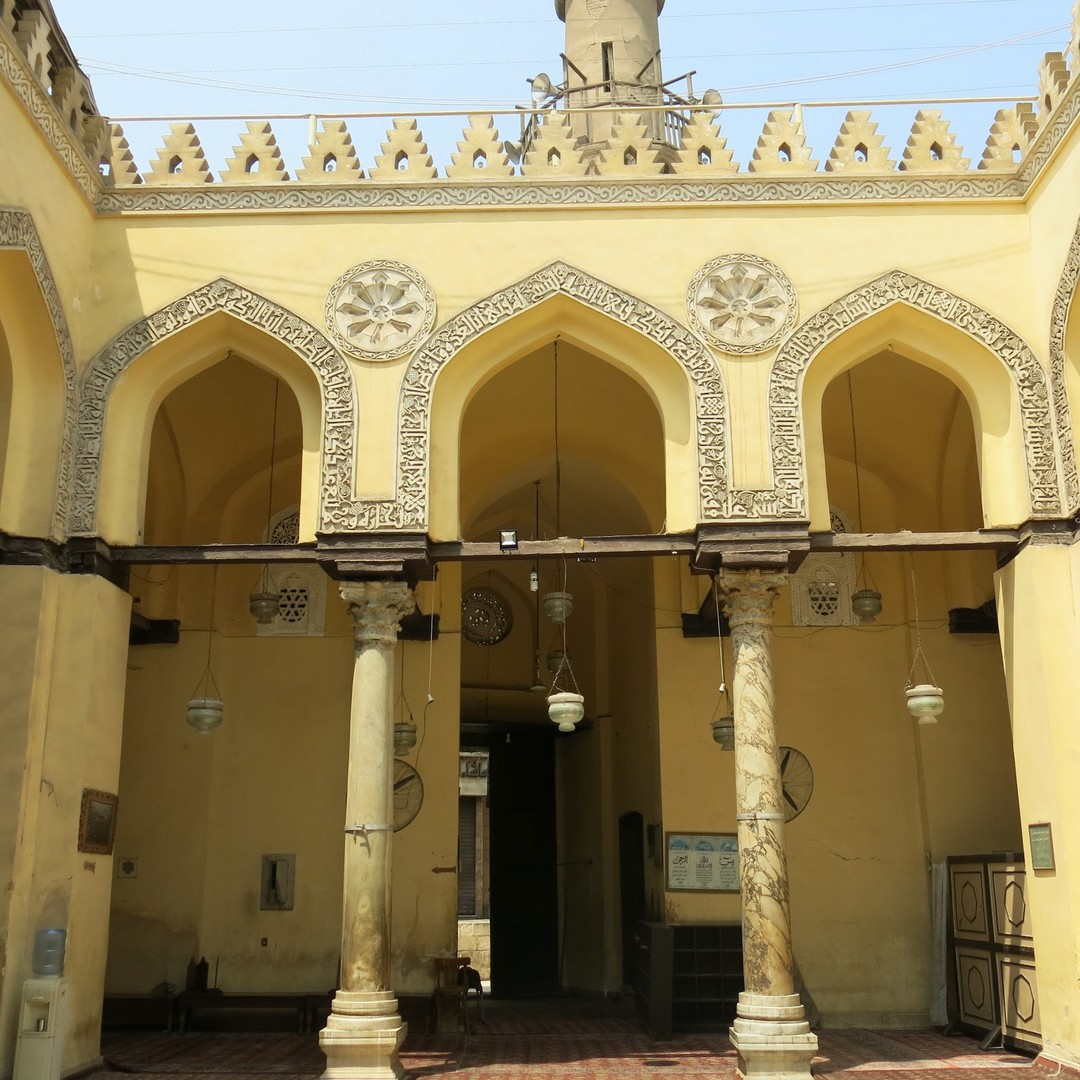Description
Property Name: Al-Aqmar Mosque
Inventory No: 20-2-7
Date of infill of the inventory form: 2007-12-17
Country (State party): Egypt
Province: Cairo
Town:
Geographic coordinates: 30° 3′ 5.68″ N
31° 15′ 43.44″ E
Historic Period: Fatimid
Year of Construction: 1125
Style:
Original Use: Mosque
Current Use: Mosque
Architect: Unknown
Significance
Al-Aqmar Mosque is a hypostyle structure built by the vizier of Caliph al-Amir, Ma’mun al-Bata’ihi. The importance of this monument is that it is the first building which has a façade adjusted according to the street line, therefore it represents a significant step in the urban development of Cairo.
Selection Criteria
v. to be an outstanding example of a traditional human settlement, land-use, or sea-use which is representative of a culture (or cultures), or human interaction with the environment especially when it has become vulnerable under the impact of irreversible change
vi. to be directly or tangibly associated with events or living traditions, with ideas, or with beliefs, with artistic and literary works of outstanding universal significance
State of Preservation
The brick minaret, along with restorations including the mihrab and minbar, was introduced by the Mamluk Amir Yalbugha al-Salimi in 1397.
The mosque has recently received an addition to restoring the early symmetrical appearance of its facade. Restoration works of the Minbar and the Mihrab of Al Aqmar mosque were carried out during the reign of Sultan Barquq at the end of the 14th century. The marble Mihrab we see today in the mosque was actually created during their huge restoration that was carried out in 1993.
References
Archnet Website: https://archnet.org/sites/2310
Michell, George. Architecture of the Islamic World: Its History and Social Meaning. Thames and Hudson, London, 1978.
Parker, Richard; Robin Sabin. A Practical Guide to Islamic Monuments in Cairo, American University in Cairo Press, Cairo, 1974.





